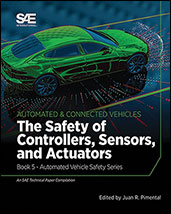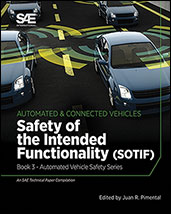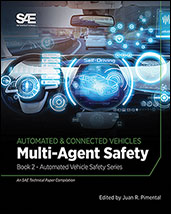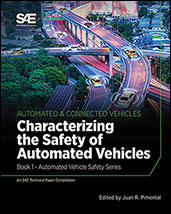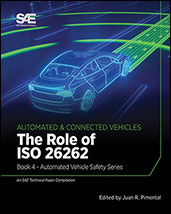Technical Paper
S2V2X – A New V2X Framework to Support and Enable the Design of Automated Vehicles with a Sufficient Level of Safety
2023-12-29
2023-01-1905
Vehicle-to-Everything (V2X) communications has the potential to increase the safety and autonomy of automated vehicles in addition to improving reliability, efficiency, infotainment, traffic, road safety, energy consumption, and costs. V2X is enabled by 5G technologies which promise faster connections, lower latency, higher reliability, more capacity and wider coverage. However, research is lacking in determining exactly how V2X can improve the safety, security, and autonomy of automated vehicles and more specifically what are the main V2X requirements. This paper provides a novel framework and structure to introduce V2X as a perception sensor sub-system into ADAS and ADS and to allocate top level target safety requirements to this new modality. To illustrate the novel structure, an example is provided using AD use cases in the context of the five SAE driving automation levels Level 1 through Level 5.
